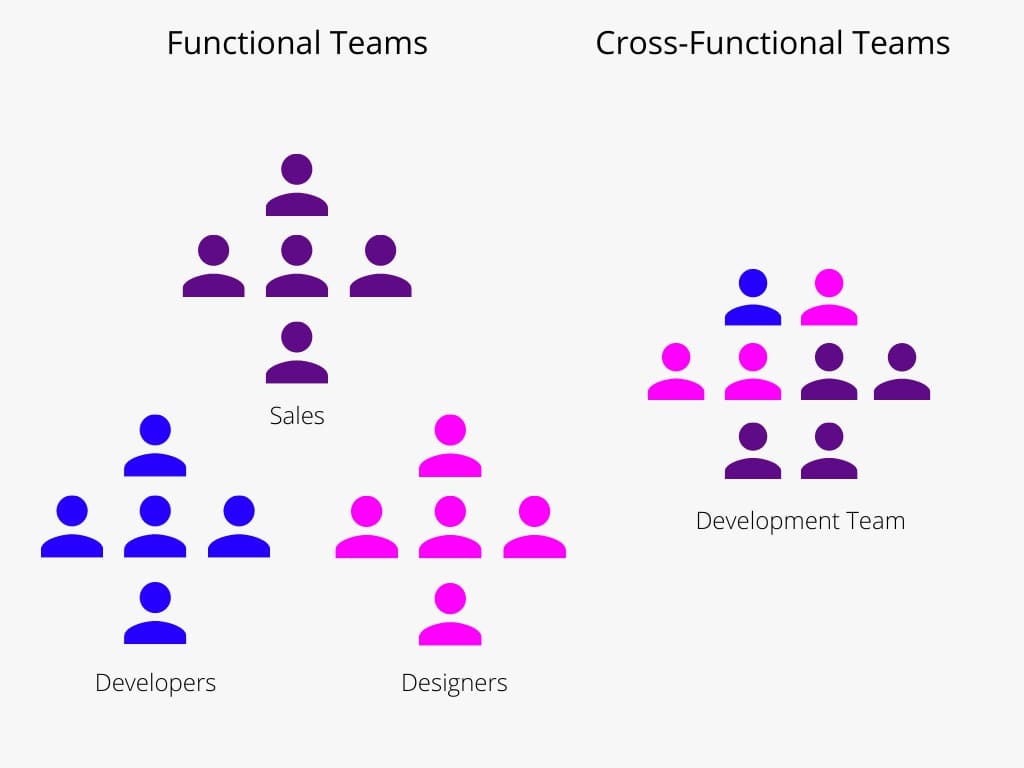Revamping Your Business Culture for a Tech-First Future

Gone are the days of endless, unproductive meetings and information silos. Today’s business landscape demands a tech-first culture that prioritizes efficiency, collaboration, and innovation.
Navigating Change: A Guide for Small Business IT Leaders

A well-defined change management strategy is crucial to ensure a smooth and successful transition for your organization.
The Role of External IT Partners

Successful businesses have one key thing in common: they commonly work with external partners.
Your 2026 IT Budget: 4 Key Areas for Planning

As we head into the final stretch of 2025, it’s time to shift our focus to the year ahead. This means embarking on the crucial task of planning your 2026 IT budget. Here are 4 key areas to guide your planning process.
5 Times “Analog” Solutions Reign Supreme for Businesses

Not every problem requires a high-tech solution. In fact, some “analog” approaches can be more effective, efficient, and more reliable.
The Ultimate IT Budget Planning Checklist for Your Business

With technology constantly evolving and business needs changing, creating a comprehensive IT budget is crucial for ensuring your organization has the resources it needs to thrive next year.
Distributed Computing: A Double-Edged Sword for Businesses

The rise of AI-powered PCs is ushering in a new era of distributed computing. This offers exciting possibilities and significant challenges.
3 Hybrid Cloud Architecture Considerations for Small Businesses

Hybrid cloud architecture combines the flexibility of public cloud services with the control and security of on-premises infrastructure.
Navigating the Challenges of the Hybrid and Multi-Cloud Landscape

Hybrid and multi-cloud environments are becoming increasingly prevalent. However, this expansion brings its own set of challenges.
Breaking Down Silos: The Power of Cross-Functional Engineering Teams

Modern businesses are embracing cross-functional engineering teams. These teams bring together software developers, data scientists, cybersecurity experts, and UX designers.
